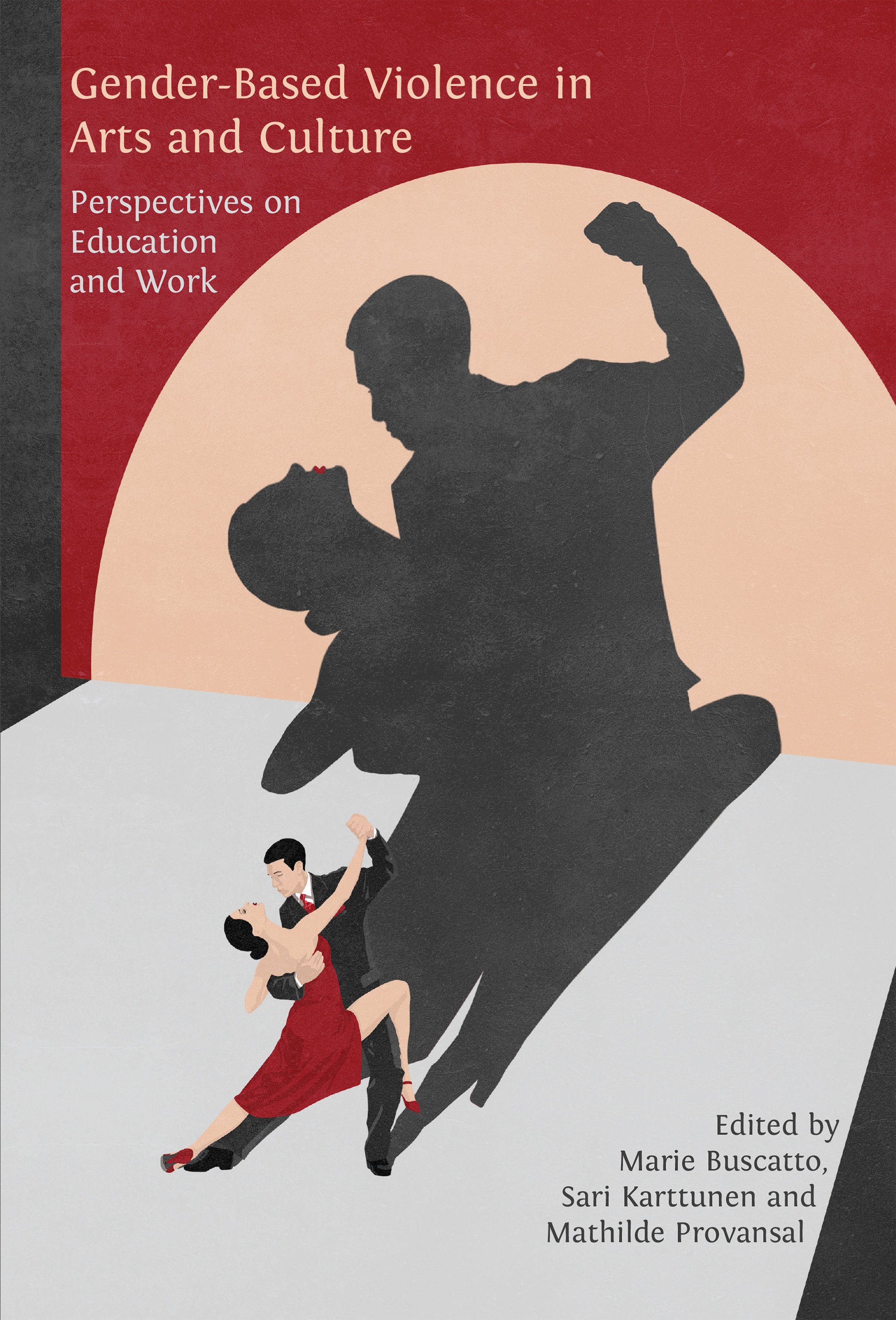Part I
Gender-Based Violence, Power Relations and the Reproduction of
Gender Inequalities
Introduction
The three chapters constituting the first part of this book draw attention to the gender hierarchies and power dynamics, and to the professional practices and representations, that produce and perpetuate gender-based violence in artistic and cultural worlds.
In Chapter 2, Marie Buscatto, Soline Helbert and Ionela Roharik use a quantitative survey to reveal the pervasiveness of sexist and sexual violence mainly committed by powerful men against women in the French opera world. Despite their omnipresence and their harmful psychological and professional effects, the authors find that victims and witnesses rarely report these acts to the relevant authorities. To understand this paradox, the authors draw on interviews with female and male opera singers and show how gender-based violence is entangled in the professional habits and representations of this occupational environment.
Chiharu Chujo’s Chapter 3 focuses on sexual harassment in the Japanese music industry. While female workers tended to minimise and even deny their experiences of sexual harassment during the interviews she conducted with them, they also recounted the various strategies implemented to address these situations. To make sense of this discrepancy, Chujo explores the social and economic conditions which perpetuate and normalise sexual harassment in this hierarchical and precarious artistic work environment. The lack of engagement for gender equality in the music industry, stigma avoidance and the emotional investment required by their artistic activity are possible explanations of the artists’ positionalities towards sexual harassment.
In Chapter 4, Mathilde Provansal focuses on French artistic higher education as one institutional space of gender-based violence in the contemporary art world. Writing on a largely feminised artistic educational context, she emphasises the gender asymmetry in the distribution of power in schools of visual arts, students being predominantly women and men being a majority among instructors. She argues that unequal power relations and age relations have an effect on the type of gender-based violence that are identified and denounced by students. Provansal then turns to the social processes that constitute the scaffolding of gender-based violence in art schools and explores how the latter limits women’s creative abilities, professional networks and work opportunities.
Overall, these chapters reveal that the processes producing the continuum of sexual violence in artistic work and education are cumulative and embedded in routine professional practices, making it more difficult for victims and witnesses to challenge them.
